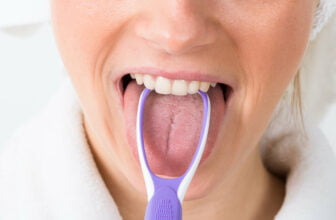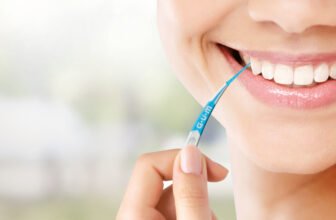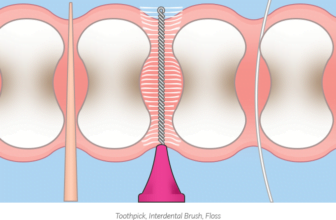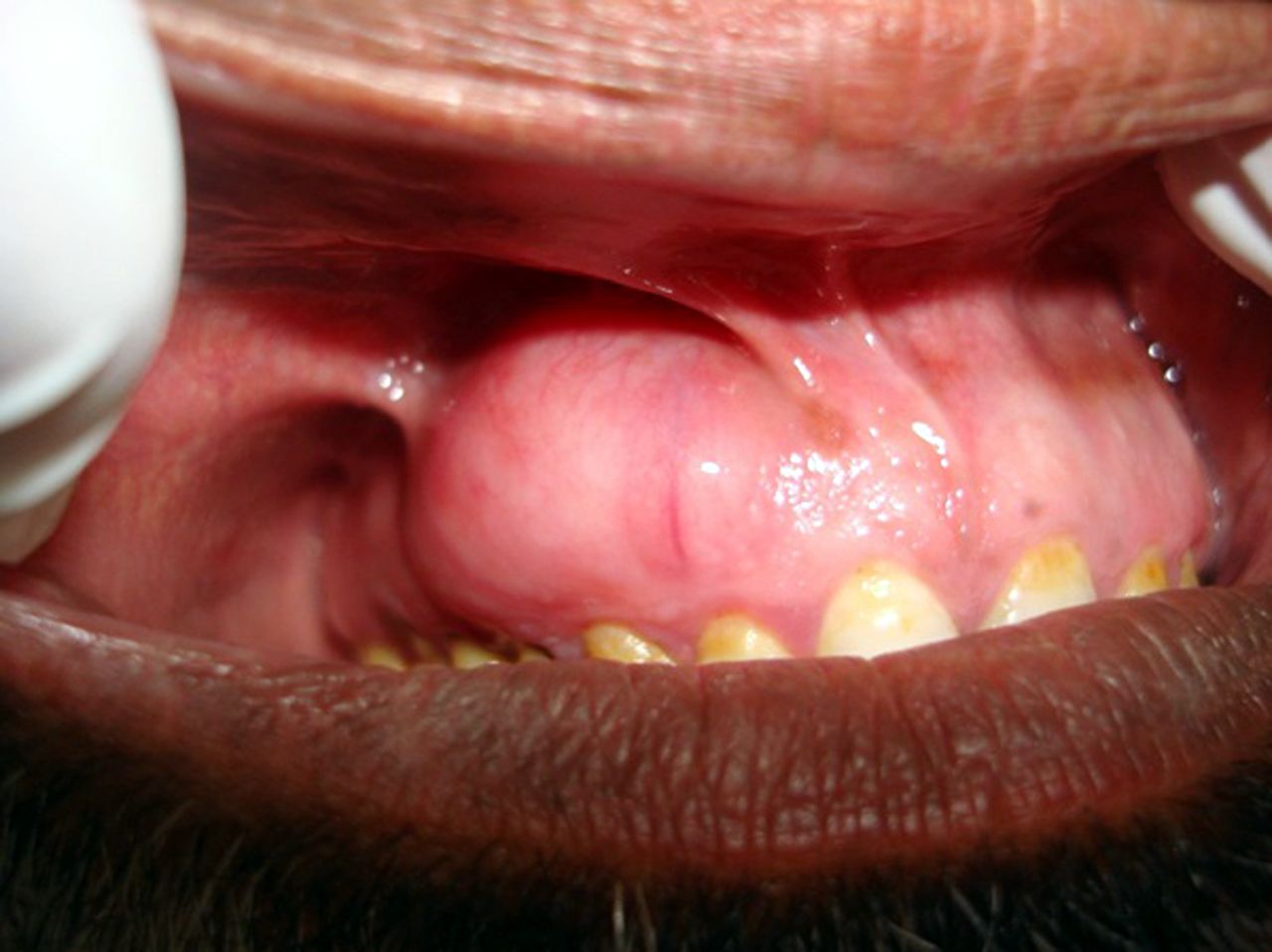Anemia Causes, Symptoms, Diagnosis, & Management
Anaemia refers to a decrease in the number of red blood cells (RBC) in our blood. These RBCs are essential for the delivery of oxygen, nutrition, and energy to all the tissues of the body. Hence, if they are decreased, the tissues of the body are deprived of oxygen and other nutrition. As a result of which, their normal functioning is hampered.

Statistics
- Anemia is the second leading cause of disability in the world.
- Prevalence in India – 74.3%
- Prevalence among pregnant women – 58% ( Leading to maternal deaths )
- Prevalence among adolescent girls – 56%
- Prevalence among adolescent boys – 30%
Causes of Anaemia
In a simplified manner, causes are headed into the following category

Most common among all kinds of anemia is Iron Deficiency Anemia. It is most prevalent in India. Although there are many ways of nursing intervention for low red blood cell count.
Causes of Nutritional Anemia
- No or less breastfeeding
- No or early giving of complementary foods
- Parasitic overload
Symptoms/ Features of Anaemia

- Fatigue and chronic pain especially in muscles of legs.
- Hypotension (characterized by blackness in front of eyes when a person stands from prolonged sitting ).
- Loss of weight.
- Decreased physical growth of teenagers.
- Psychomotor problems like decreased concentration, poor learning memory, etcetera.
- Decreased energy and capacity for daily routine work.
- Low birth-weight babies and preterm delivery.
Diagnosis of Anemia

When to see a hematologist for anemia? Many tests are commonly used in the screening of anemia.
- Hb/ Hemoglobin levels in the blood.
- MCH
- MCV
- MCHC
- Urine test is used to diagnose pernicious anemia
But most important and most easiest among all is the Hb level in blood.
- Children between 6 months to 6 years – < 11 gram/dl
- Children between 6 years to 14 years – < 12 gram/dl
- Above 14 years male – < 13 gram/dl
- Above 14 years female – <14 gram/dl
- Pregnancy – < 11 gram/dl
Management of Anaemia
The nursing care for anaemia is mainly based the three strategies.
- Food-based
- Supplementation
- Health services by government
Food-Based
There are several foods that are rich in iron
- Chick Pea

- Spinach

- Onion Stalks

- Mustard Leaves

- Fenugreek Leaves

- Mint

- Bengal Gram

- Soybean

- Gingelly Seeds

- Red Gram Dal

- Watermelon

- Pumpkin

Iron-rich food can be inhibited by some food products. These are inhibitors of iron absorption. Hence not to be taken with the iron tablet.
These are
- Tea

- Coffee

- Calcium products like milk and milk products.

Some foods enhance iron absorption. Therefore they should be taken along with iron tablets/ syrups. These are
- Germinated/ Fermented foods
- Vitamin C rich foods Eg Cabbage, amla, Coriander leaves.

Food Fortification
This is a strategy by the government in which micronutrients are added in appropriate amounts in the food product of daily life.
For example
- Iron in maize
- Vitamin A in basmati rice
- Iodine in salt
Supplementation
What does a hematologist do for anemia?
- Iron tablets, capsule, injections
- Iron and folic acid supplementation
Health Services by Government

A number of programs related to health are administrated by the government. An important one is the Intensified National Iron Plus Initiative (I-NIPI).
Other Important Measures to Prevent Anaemia
- Deworming of children.
- Wear slippers to children and don’t allow them to walk barefoot.
- Exclusive breast feedings of children till six months of age. Add complimentary food rich in nutrition only after 6 months of age as per the requirement of growth.
- Early diagnosis and treatment.
- Pregnant and breastfeeding women should take the supplements. Folic acid in the first three months. Iron and folic acid from the beginning of 4th month till 6 months of lactation.






What is pernicious anemia. I think you forget to add about it in the article.
I will explain about pernicious anemia in another article in details. Basically, it is another type of anaemia in which there is vitamin B-12 deficiency.
Good and relevant article
Thank you